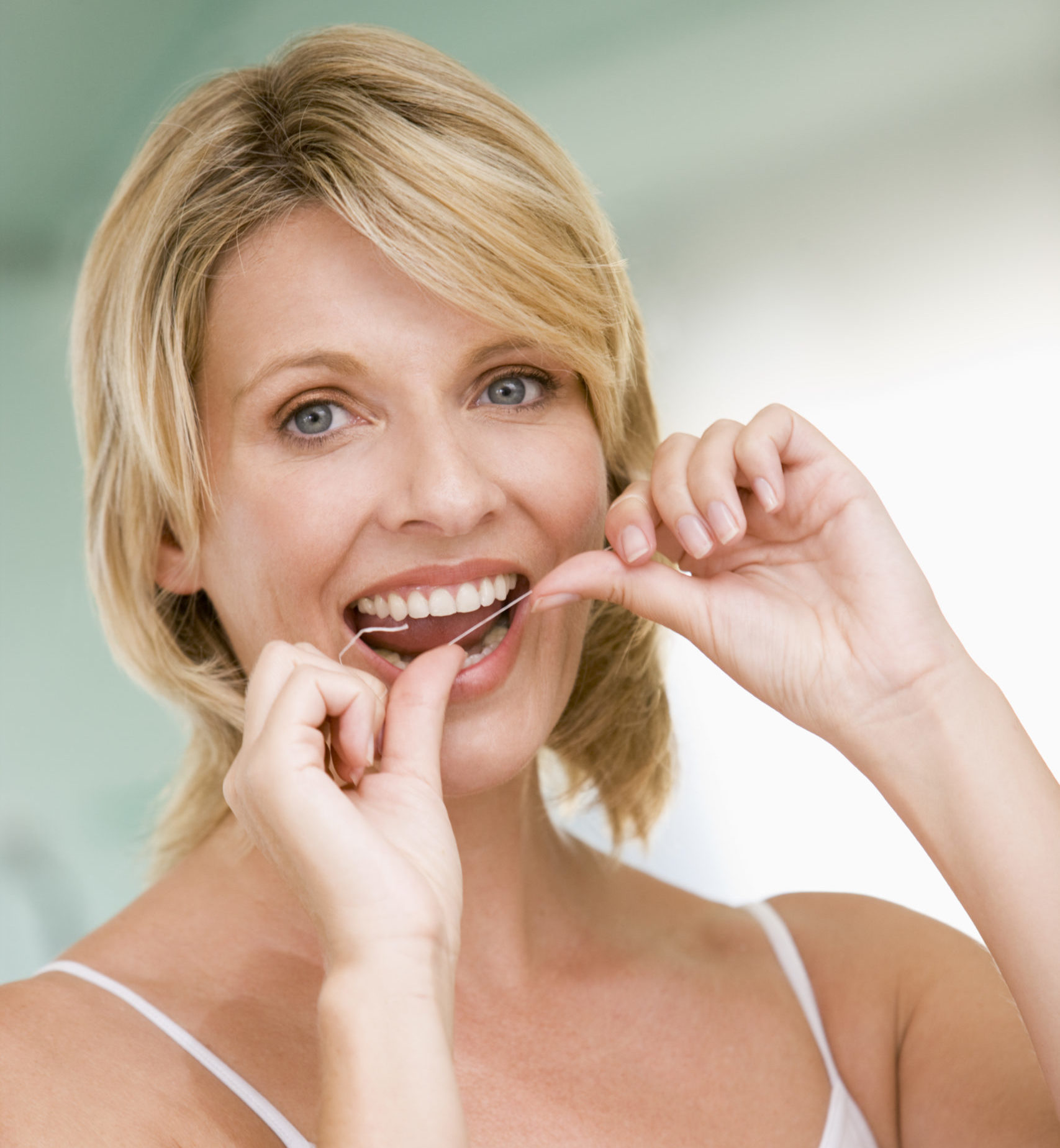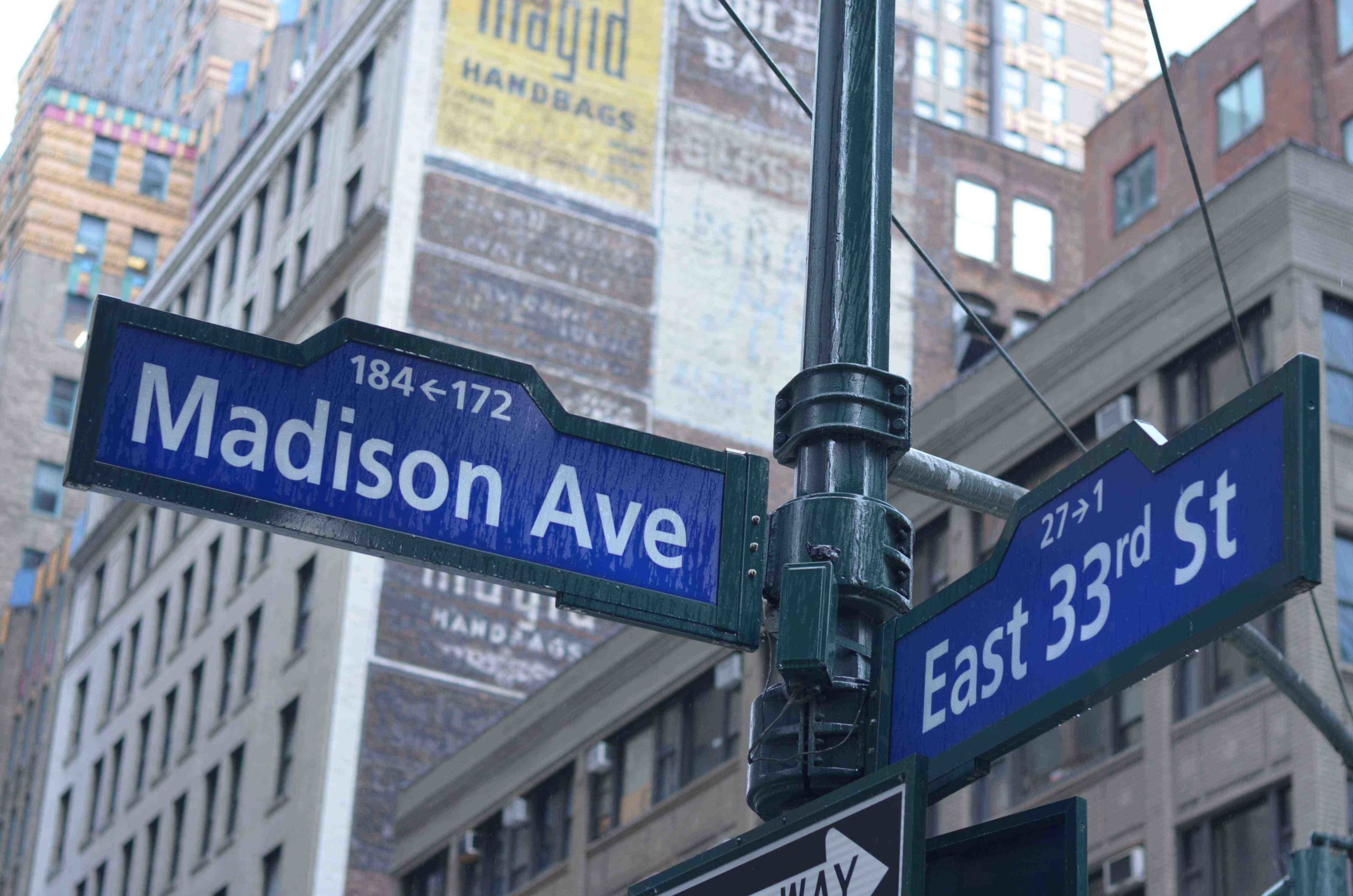
Guide to Teeth Flossing
We brush and brush, yet when we visit the dentist, we are still diagnosed with decay and a little bleeding in our gums. How frustrating! What’s the missing ingredient to optimum oral health? Achieving glowing dental checkups can feel like a mosaic.
But brushing regularly, maintaining a healthy diet, steering clear of sugar and flossing are key components of maintaining excellent oral hygiene. Flossing is an especially important part of your home oral hygiene, as it is the only effective way of removing plaque from between our teeth.
Up until the age of 19, we see decay primarily on the chewing surfaces of our patient’s teeth. After that, age decay occurs mostly in between the teeth, where the toothbrush cannot reach.
Plaque is an accumulation of food debris (particularly sugars) and bacteria that are always present in our mouths. If left to colonize, the plaque will turn to calculus (hard tartar); this leads to acid formation from the bacteria’s effect on the sugar. The acids produce cavities and periodontal disease.
Research has shown that if we remove the food debris and disturb the bacteria once every 24 hours, our mouths will maintain a healthy state. So, it is critical that we floss once a day.
When to Floss
At least once in a 24 hour period, whenever it is convenient for you. Ideally, we recommend that you floss before going to sleep. When we are sleeping, our saliva flow is stagnant, the tongue isn’t moving and we may be breathing with our mouths open. This is when plaque accumulates most easily.
You cannot floss too much — so if you want to floss after each meal or after snacks…do so! As we age, many patients experience a bit of recession of the gums. When they eat, food immediately gets trapped between their teeth and the receded gum. Carrying a packet of floss with you will certainly alleviate any embarrassing moments.
ADA studies performed in 2018 show that it is better to floss FIRST and then brush our teeth. Flossing loosens the food debris stuck in our teeth, then the brushing whisks it away. Additionally, we want the fluoride from the toothpaste to stay on the teeth for an hour or two. Flossing after brushing removes some of the fluoride and prevents it from being effective.
How to Floss Your Teeth
1. Take 12-18 inches of floss and wrap it around your index finger and thumb.
2. Gently seesaw the floss through the contact point in between your teeth.
- You should then feel a little “pop.”
- Turn floss into a “C” and, as if polishing the top of your shoe, gently pull to one side of the tooth. Pull up past the pop (contact point) again, then back down, and pull to the other side of the tooth.
- Do NOT pull floss downwards to scratch the gum in between teeth.
- Do not pull the floss through the teeth — it’s better to seesaw out past the contact point.
3. Use the best type of floss for you.
- Ideally, we like unwaxed floss best. “Glide” floss made from GoreTex is one type we have found to be very effective.
- Waxed floss is most effective for patients with braces or very tight contact points.
Flossing Alternatives
Flossing is the best interdental cleaner. It removes food debris and calculus from in between our teeth, and the variety of waxed and unwaxed floss available allows those with and without braces to clean their teeth easily. However, there are other methods that can be used too:
- Dental tape
- Pre-threaded flossers
- Water flossers
- Powered air flosses
- Wooden or plastic sticks
- Tiny brushes (proxy brushes)
Flossing and Braces
172 NYC Dental uses the Invisalign to straighten teeth, close gaps and correct other bite problems. These aligners are invisible, comfortable, move teeth twice as fast as traditional braces and are removable when we eat brush and floss. So with Invisalign, we floss as we normally would.
If in very rare cases you are using metal braces and wires, then to clean interproximal areas we recommend:
- Floss threaders
- Wax floss
- Water flossers
- Interproximal flossing brushes
Flossing Health Benefits
Flossing is the only effective way to remove plaque between our teeth, but checking in with a professional is a guaranteed way to identify plaque formation. Our dental providers at 172 NYC Dental are dedicated to the prevention of disease, as it is a pillar of our philosoph. We are happy to discuss the fine points of flossing in person. Regular brushing, a sugar-free diet, flossing and visiting us twice a year for a checkup will assure a healthy, beautiful smile. Call us at 646-921-5541 today for an appointment.








